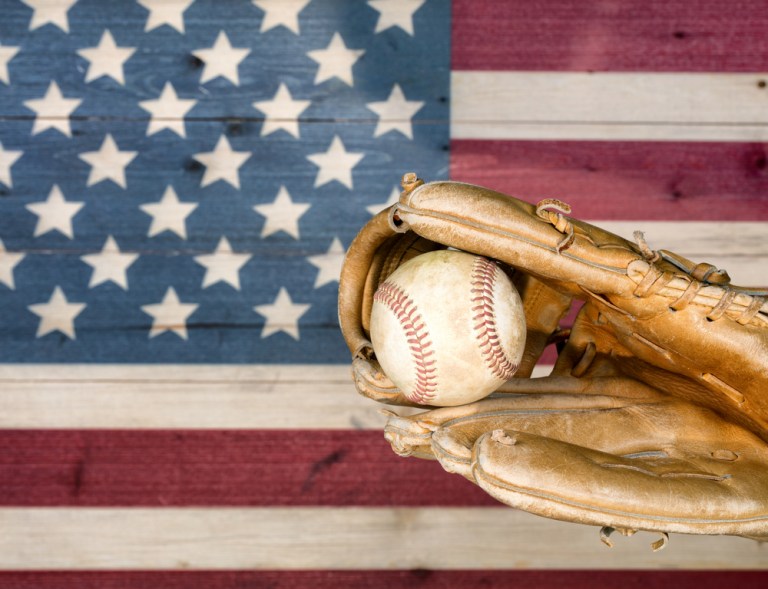
Thousands of Americans will take to the nation’s ballparks this weekend as Americans celebrating the nation’s independence will look to the nation’s national pastime for the entertainment, likely combined with a fireworks display of some kind. While football draws the more rabid fandom, and basketball creates more notable opportunities for the design and marketing of high-end footwear, when it comes to getting bodies in the seats, baseball is the national champion.
On average, baseball draws around 80 million viewers to the seats, bleachers and luxury boxes each season, which is actually more in-person participation than football, hockey and basketball combined. Much of that is a pure numbers game; in the regular MLB season, teams play 162 games, as opposed to the 16 in the football season. You can have a perfect season in football. It’s rare, but it can happen. It is not even possible in the MLB.
And that’s just the majors. Factor in the double A and triple A farm team games being played in parallel to the major league season each spring and summer, and there is just a lot more baseball going on nationwide between April and September each year than there is any other sport.
And baseball has the unique ability to bring all kinds of viewers to the table: math geeks, sports fans, people who like drinking beer surrounded by tens of thousands of others. Baseball games, since they proliferate everywhere during the summer months in the U.S., exist at all kinds of price points.
Want to take your family of four to see the Boston Red Sox? Better have saved some pennies. On average, it costs $380 for a family of four to attend (if you buy nosebleed seats in the bleachers on a weekday for an undesirable game, one can chisel down to a minimum price of ~$160 with all fees included). Want to take your family of four to see the Pawtucket Red Sox, the Red Sox farm team? For the best possible seats, the whole cost for a family of exists at ~$60. If one is less picky about where they sit, the whole experience can be had for less than $50.
“I think pretty much anyone can take their kids to a game here, and that is always our goal,” said Bill Wanless, the team’s vice president for public and community relations.
McCoy Stadium has been the subject of some controversy in recent years. Management had signaled their desire to relocate the stadium to downtown Providence at a cost of a mere $150 million taxpayer assistance over the next 30 years. However, that effort began to founder shortly after PawSox principal owner James J. Skeffington passed away unexpectedly, and the deal more or less fell apart.
As of yesterday, the PawSox had wrapped accepting proposals for a $65 million renovation of the stadium, when it became clear that a relocation is unlikely to happen anytime soon.
But, notes Wanless, even before the big changes are finalized, the small changes are in place to make coming to the park a more fully engaging, and commerce-enabled experience.
This includes expediated permitting for vendors so that consumers can purchase a greater variety of goods, and Square readers for their popcorn, peanut and all-important beer vendors so that no one will ever have to watch a baseball game parched or hungry because they neglected to take out cash ahead of time.
“We’ve seen over the last few years that consumers aren’t carrying cash, and no one wants to get up in the middle of a game to go find an ATM,” Wanless said. “At that point, why not just go buy your hot dog elsewhere? It defeats the purpose of having vendors on the go if customers still have to get out of their seats to pay them.”
The point, he notes, is comfort.
“When people are at the game, what they want to think about is the game. We want to make that as easy as possible.”
Wanless further noted, though would say little about, a better post mass renovation future, where there would be more space for both sports and commerce enthusiasts going forward.
We’ll keep you posted as we know more.
Until then, play ball.